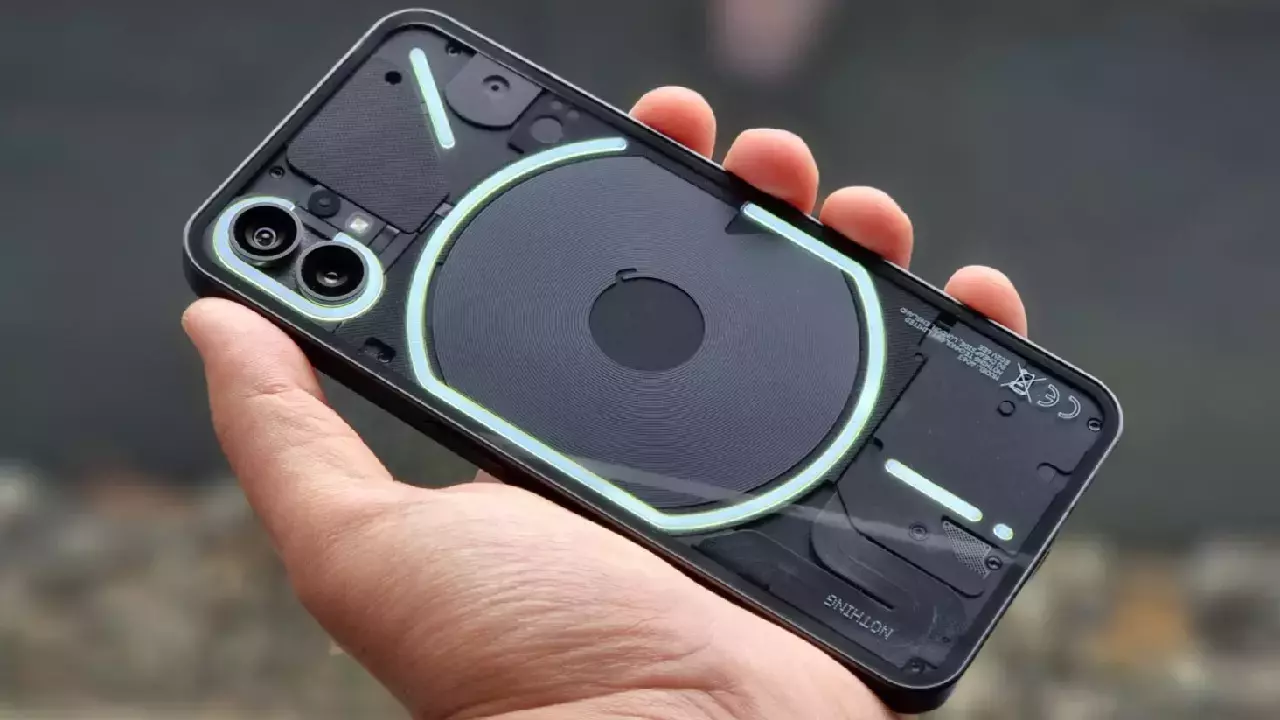
Nothing’s Controversial Phone (3a) Video Stabilization Test
Introduction
London-based smartphone manufacturer Nothing recently released a video comparing its upcoming Phone (3a) model with Apple’s latest iPhone 16 Pro. The video sparked controversy due to an error in the video stabilization tests, leading to criticism and clarification from Nothing.
The Video and Error
In the video, Nothing’s Phone (3a) appeared to outperform the iPhone 16 Pro in video stabilization. However, keen-eyed viewers noticed that Apple used its ultra-wide-angle lens during the test, while Nothing employed the Phone (3a)’s main camera. This discrepancy created the illusion that the iPhone was performing worse than it actually was.
Nothing’s Response
Following the criticism, Nothing acknowledged the mistake in a pinned comment on the video, expressing that it was unintentional and not intended to mislead users. The company explained that multiple shots were taken with all lenses, and a wrong image was mistakenly used during editing. Nothing also apologized for the error and promised to exercise greater care in the future.
Camera Features of Nothing Phone (3a)
While the video stabilization test error overshadowed the main purpose of the video, Nothing also revealed some details about the Phone (3a)’s camera features. The device will reportedly sport a:
- 50-megapixel OIS-supported main camera
- 50-megapixel periscope zoom lens
- 8-megapixel ultra-wide-angle Sony lens
- 50-megapixel selfie camera
Release and Specifications
Nothing is expected to unveil the Phone (3a) at Mobile World Congress (MWC) in Barcelona on March 4, 2025. The company is rumored to release two models this year: Phone (3a) and (3a) Pro. Both devices are anticipated to feature the Snapdragon 7s Gen 3 processor, with the Pro model potentially boasting more advanced camera capabilities.
Analysis
The error in Nothing’s video stabilization test has raised questions about the company’s credibility and the reliability of its marketing materials. While Nothing has apologized and clarified the mistake, it remains to be seen whether the incident will affect the perception of its upcoming Phone (3a).
It is important to note that the video stabilization test was not a controlled experiment, and it is difficult to draw definitive conclusions from it. However, the error does highlight the challenges of comparing different smartphones using different lenses and settings.
Implications
The controversy surrounding Nothing’s Phone (3a) video serves as a reminder of the importance of transparency and accuracy in marketing materials. Companies should strive to provide complete and truthful information to consumers, avoiding any misleading or deceptive practices that could undermine their reputation.
Conclusion
The error in Nothing’s Phone (3a) video stabilization test has sparked both criticism and clarification from the company. While the incident has raised concerns about Nothing’s credibility, it remains to be seen if it will have a significant impact on the reception of the upcoming Phone (3a). The takeaway from this situation should be the importance of transparency and accuracy in marketing materials, as well as the need for consumers to critically evaluate the information presented to them.
